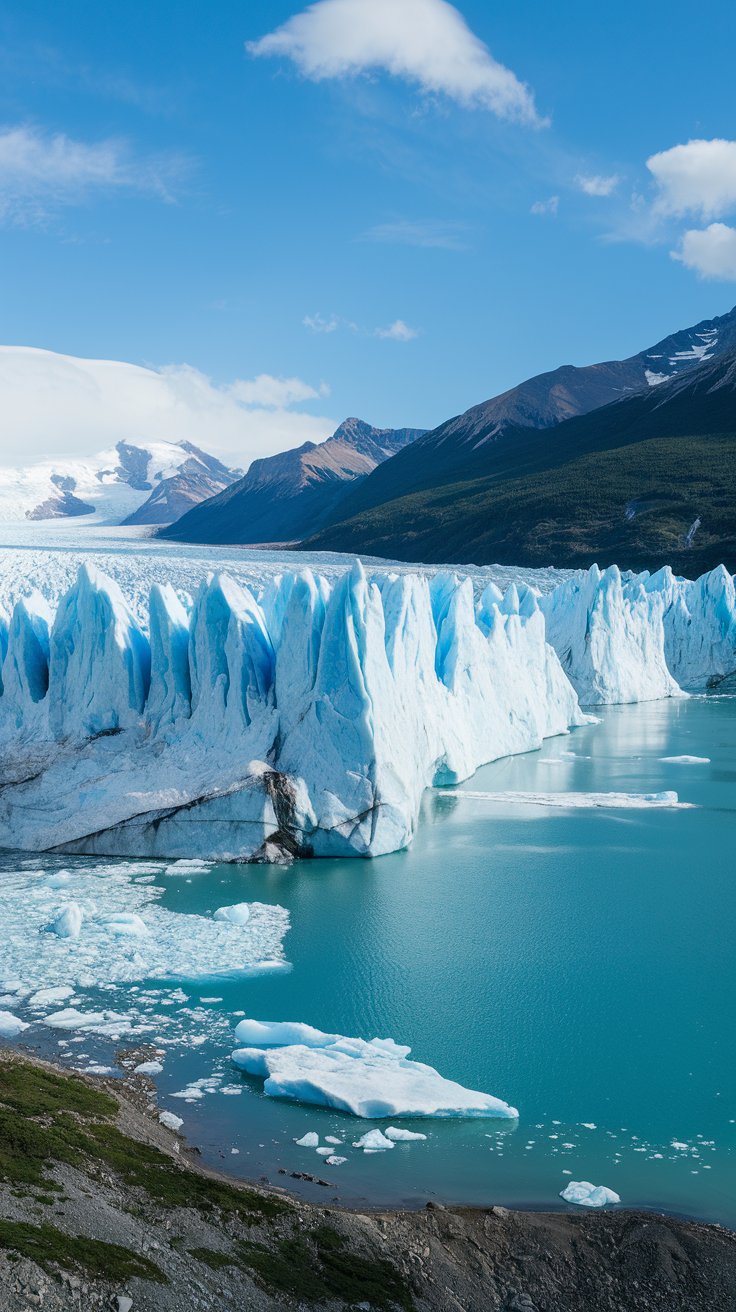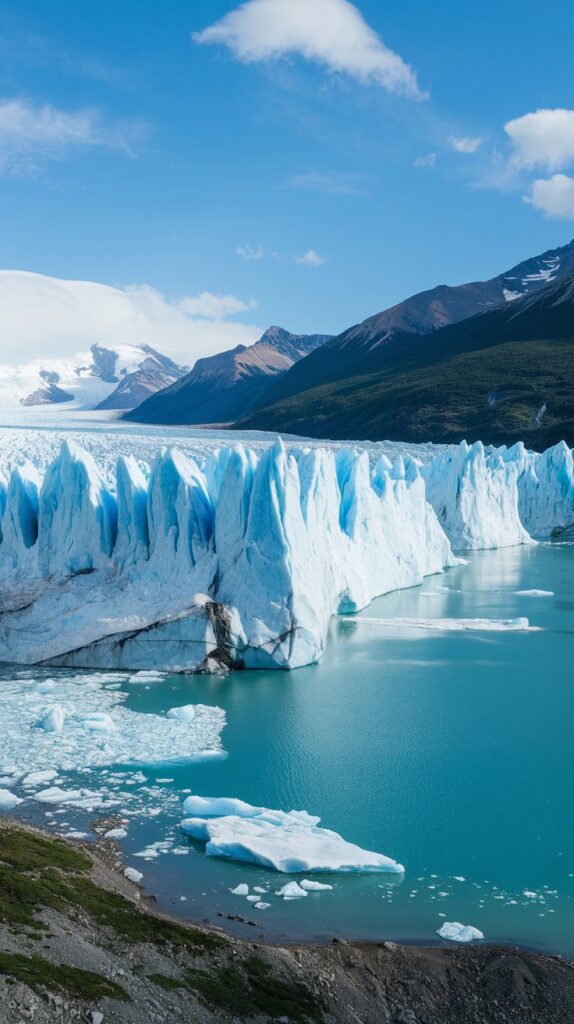
If you love outdoor adventure, Los Glaciares National Park in western Argentina is your dream destination. As Argentina’s largest national park, it’s a haven for hikers, climbers, and photographers alike. The scenery here is absolutely stunning, offering dramatic landscapes that are perfect for anyone who enjoys nature at its most powerful.
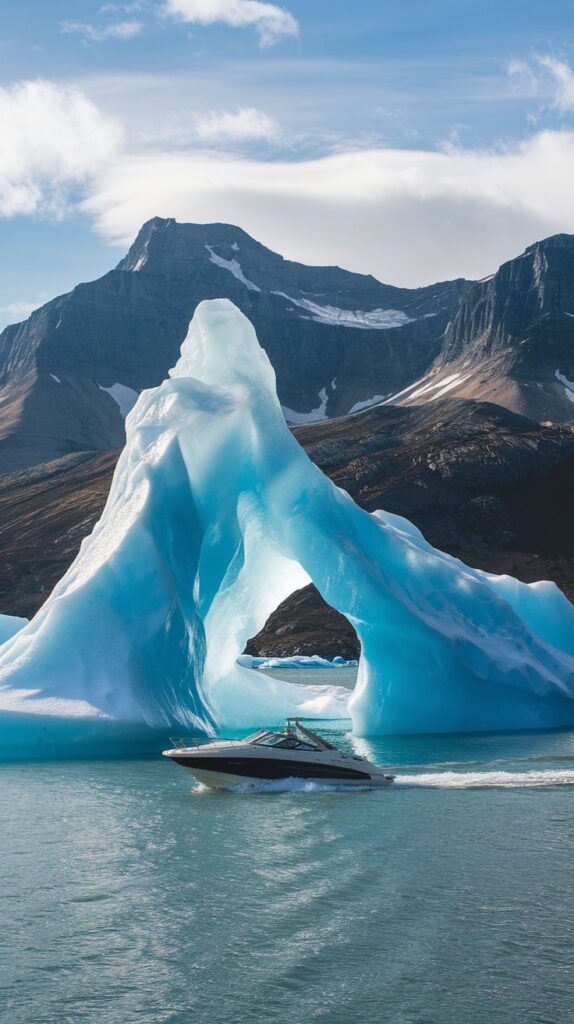
Glaciers National Park is known for its breathtaking glacial lakes, towering mountains, and majestic glaciers—some of the few in the world that you can actually watch in action. These icy giants continuously shift and break, creating thunderous cracks and massive splashes as chunks of ice crash into the lakes below. Numerous boardwalks and scenic boat rides allow visitors to get up close to these incredible displays, with floating icebergs in all shapes and colors adding to the dramatic view.

Located in the Austral Andes near the Chilean border, Los Glaciares National Park was established in 1937 and centers around its namesake glaciers. The park is home to 47 major glaciers, most of which originate from a giant ice cap high in the Andes—the largest of its kind outside of the Himalayas. In fact, nearly half of the entire park is covered in ice.
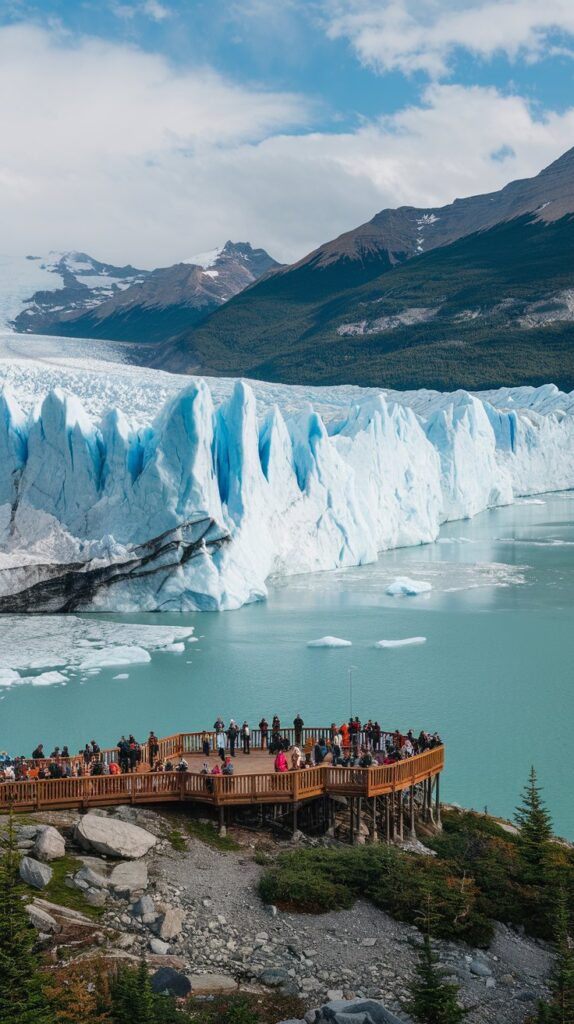
In addition to the 47 large glaciers, there are over 200 smaller ones scattered throughout the park. Unlike the larger glaciers, these are not connected to the main ice cap but still play a crucial role in shaping the park’s rugged landscape.
What makes these glaciers unique is that they begin at lower elevations than glaciers in most other parts of the world. While many glaciers start at heights above 2,500 meters (8,200 feet), those in Los Glaciares begin as low as 1,500 meters (5,000 feet) and can extend down to just 200 meters (650 feet) above sea level.

One of the most famous glaciers in the park is Perito Moreno, named after explorer Francisco Moreno, who was a key figure in settling Argentina’s border dispute with Chile in the 1800s. Unlike most glaciers that are retreating, Perito Moreno is still expanding. It stretches into the southern arm of Lake Argentino, one of the two main lakes in the park. Over time, the glacier creates a natural dam, causing water to build up behind it. When the pressure becomes too great, the ice ruptures in a dramatic and unforgettable display that usually happens every four to five years.

While Perito Moreno is easily accessible by land, other major glaciers like Upsala and Spegazzini can only be reached by boat tours across Lake Argentino. These boat excursions pass between surreal icebergs before reaching Bahia Onelli, a remote bay surrounded by Patagonian forest and ice-capped peaks.
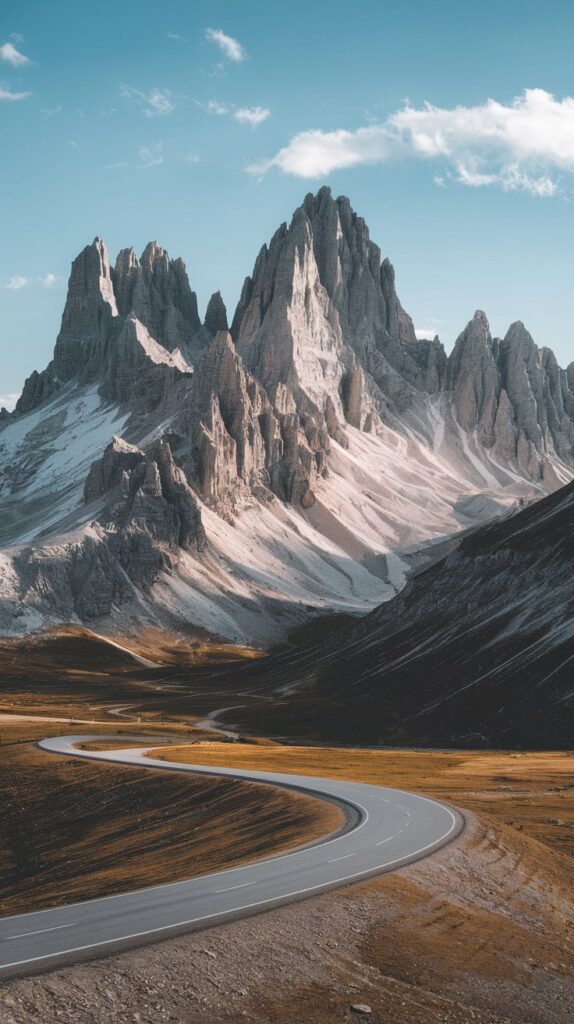
Perito Moreno Glacier lies about 48 miles from El Calafate, a major tourist hub and one of the main gateways to the park. El Calafate offers all the essentials—restaurants, accommodations, and tour options—to make your visit as easy as possible.
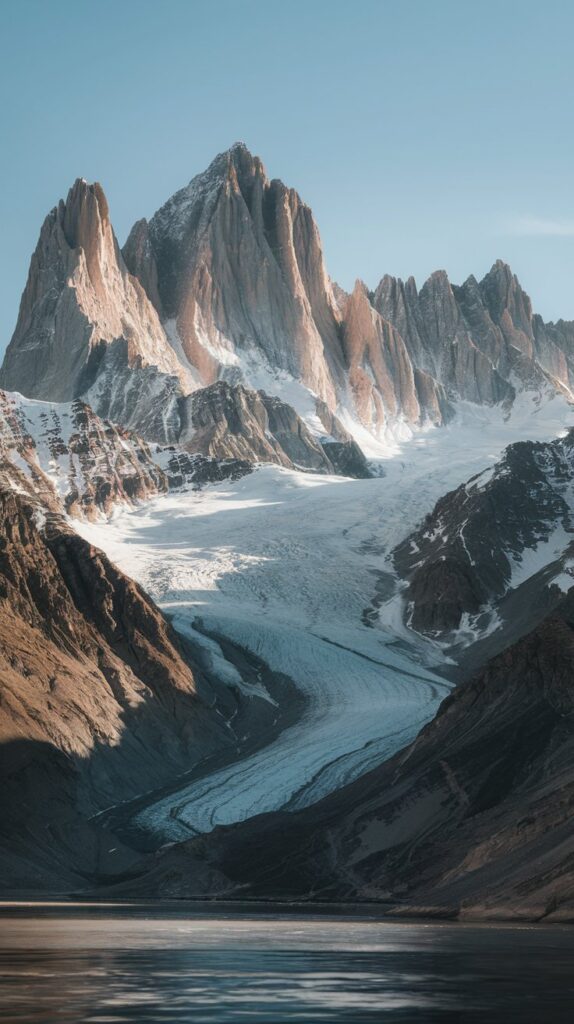
If you think the southern part of the park is impressive, just wait until you explore the northern section. Here, jagged mountain peaks, crystal-clear lakes, deep forests, and more glaciers await. It’s a paradise for climbers, hikers, and photographers.
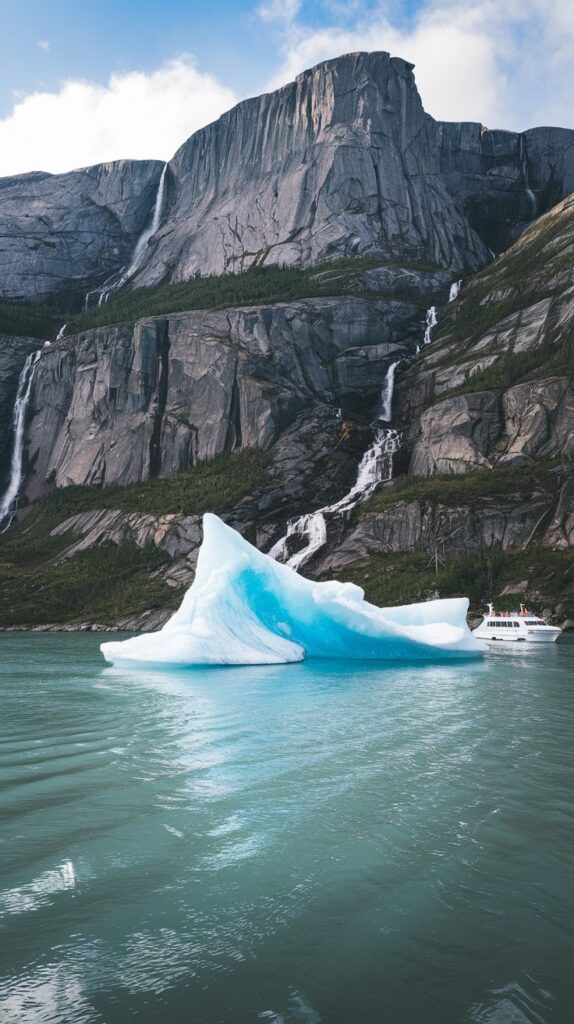
The park’s tallest mountains include Mount Fitz Roy, which rises 3,359 meters (11,171 feet), and Cerro Torre, which stands at 3,128 meters (10,177 feet). Mount Fitz Roy may look familiar—it’s the inspiration behind the Patagonia clothing brand’s logo. Named by Francisco Moreno in honor of Captain Robert Fitz Roy of the HMS Beagle, the mountain is a popular climbing goal, although not for the faint of heart.

Cerro Torre is known for its dramatic spires and icy summit, shaped by relentless winds. While it makes for an incredible photo, climbing to the top is extremely difficult. Only a few expert mountaineers ever make it to the summit due to the intense conditions.
This part of the park is also home to Lake Viedma and its namesake glacier. From the small mountain village of El Chaltén—another park gateway—visitors can set off on unforgettable climbing or trekking adventures through this rugged terrain.

While reaching the park is an adventure in itself—some roads are unpaved and can be tricky—it’s more than worth the effort. If you plan to drive yourself, pack a spare tire just in case.
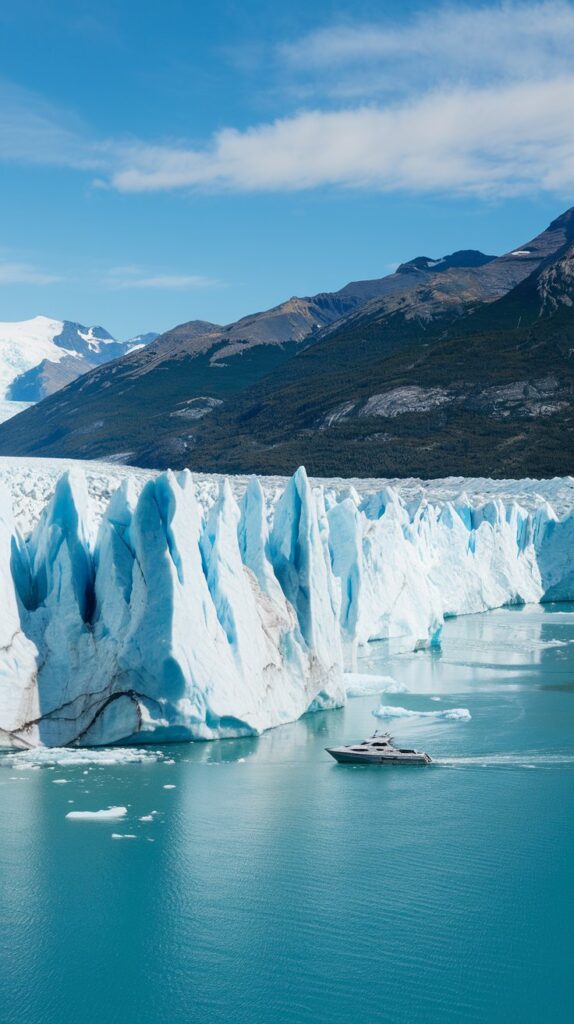
Once inside the park, even if you’re not a climber, you’ll find plenty to do. Go camping, cast a line for trout with a permit, or hike along scenic trails. Just be cautious—this is puma country, so never hike alone. Whether you’re here to hike, take photos, or simply take in the spectacular views, make sure to bring extra film or memory cards. You’ll need them.

